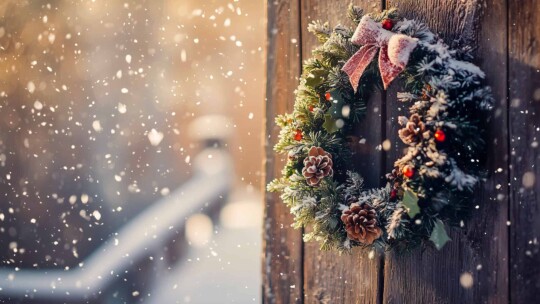Many people think of winter as a time of only hibernation—where all the leaves have long fallen to the ground and everything else has gone dormant for those frigid months. But did you know you don’t have to wait until springtime to enjoy some life and color in your backyard? That’s where a container garden comes into play. In this guide, we’ll walk you through how to plan for a winter container garden, and provide tips to help your plants withstand the lower temperatures they’ll face.
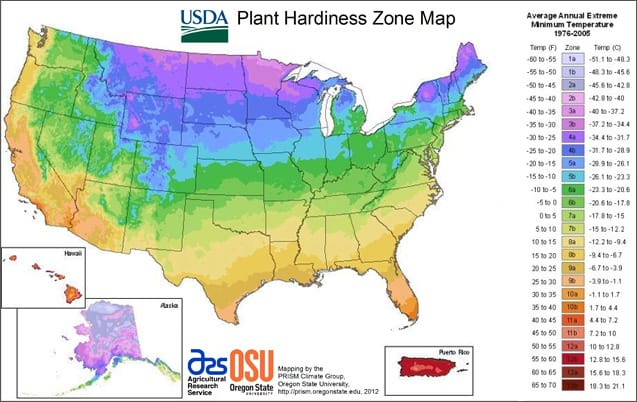
Know Your Zone
Depending on their location and duration of the cold snap, your plants should be able to endure light—and, even hard—freezes. That’s why it’s important to know your zone when beginning to plan a winter container garden. A good rule of thumb is to use plants that are at least two zones colder than your USDA Hardiness Zone.
Soil Selection
When planning a winter container garden, soil selection is a key consideration. Since plants don’t grow as quickly in low temperatures, you’ll want to choose a quality soilless mix that drains well. This will help prevent dreaded root rot. Steer clear of soil mixes containing moisture-retentive ingredients to help prevent your soil from becoming soggy. Homemade organic compost is also a great addition.
Winter Container Garden Plant Selection
Another vital component in container garden planning is selecting plants capable of surviving winter in your area. Taking into account the severity of winter where you live or how much sun your container will receive will help you decide what to plant. Half- or semi-hardy plants withstand light frosts (29 to 33° F) without damage; hardy plants can take a hard freeze (25 to 28° F). Look for semi-hardy or hardy plants for your container garden.
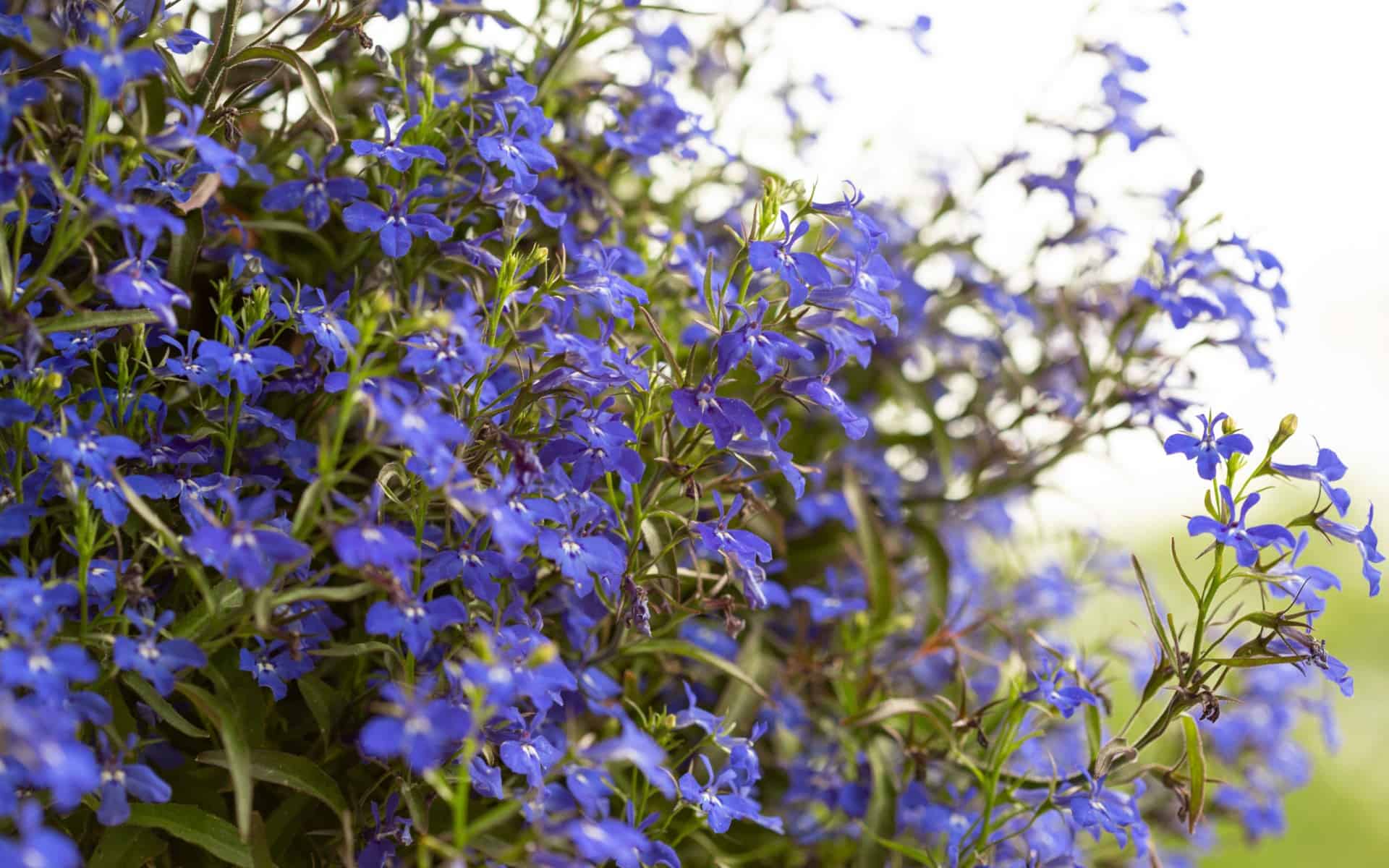
Photo Courtesy joegardener.com

Photo Courtesy joegardener.com
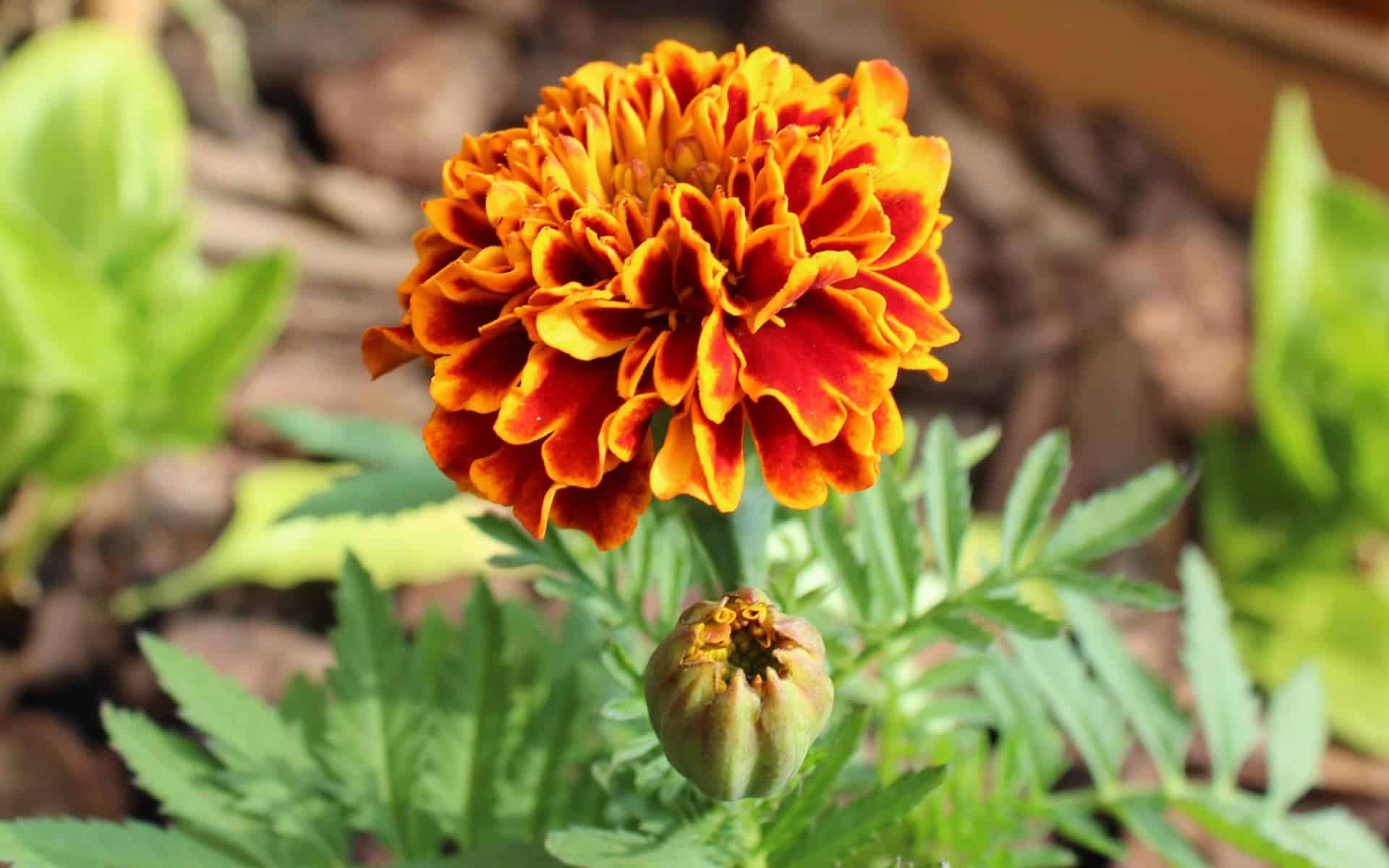
Semi-hardy Winter Plants
- Lobelia
- Petunia
- China aster
- French marigold
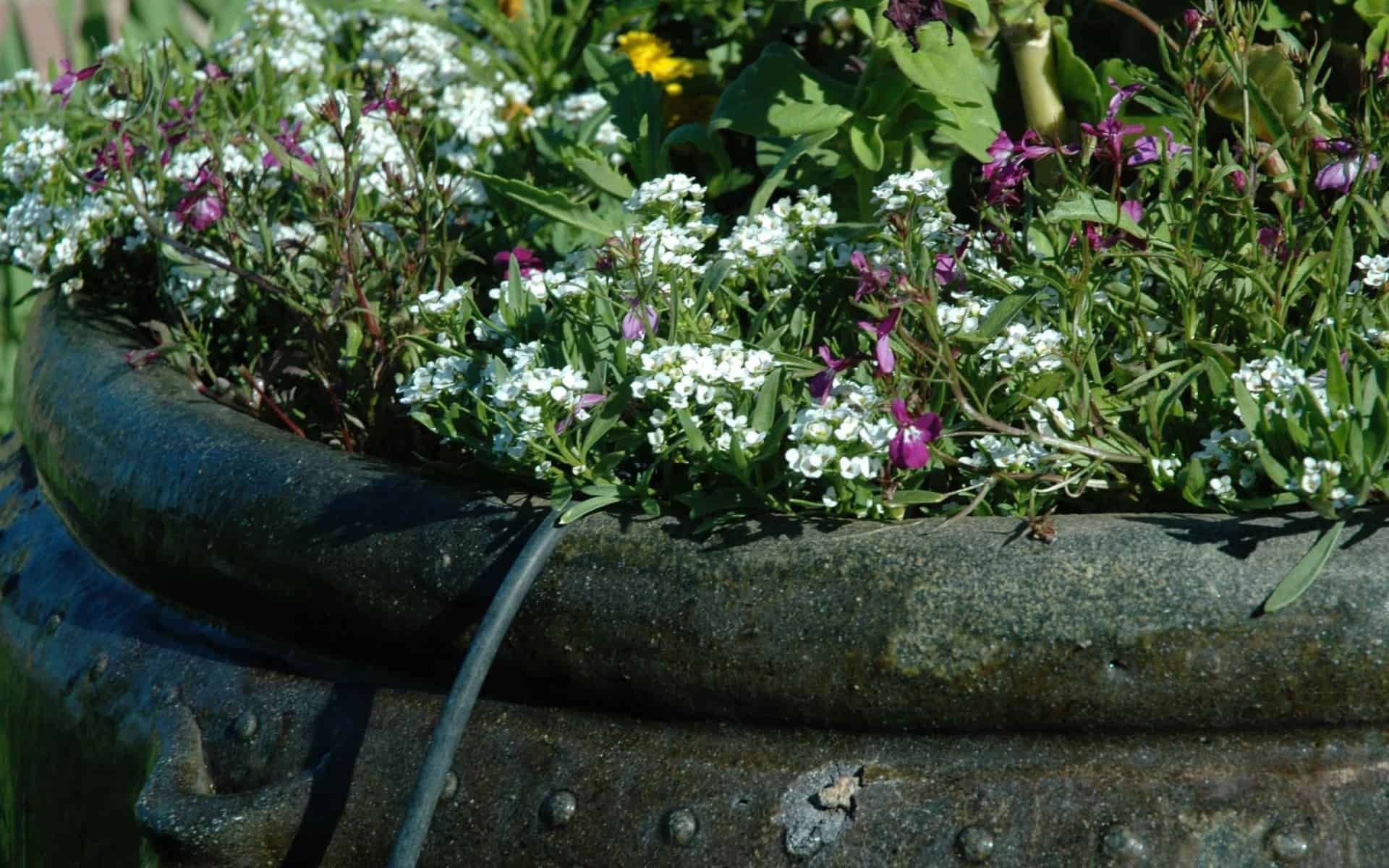
Photo Courtesy joegardener.com
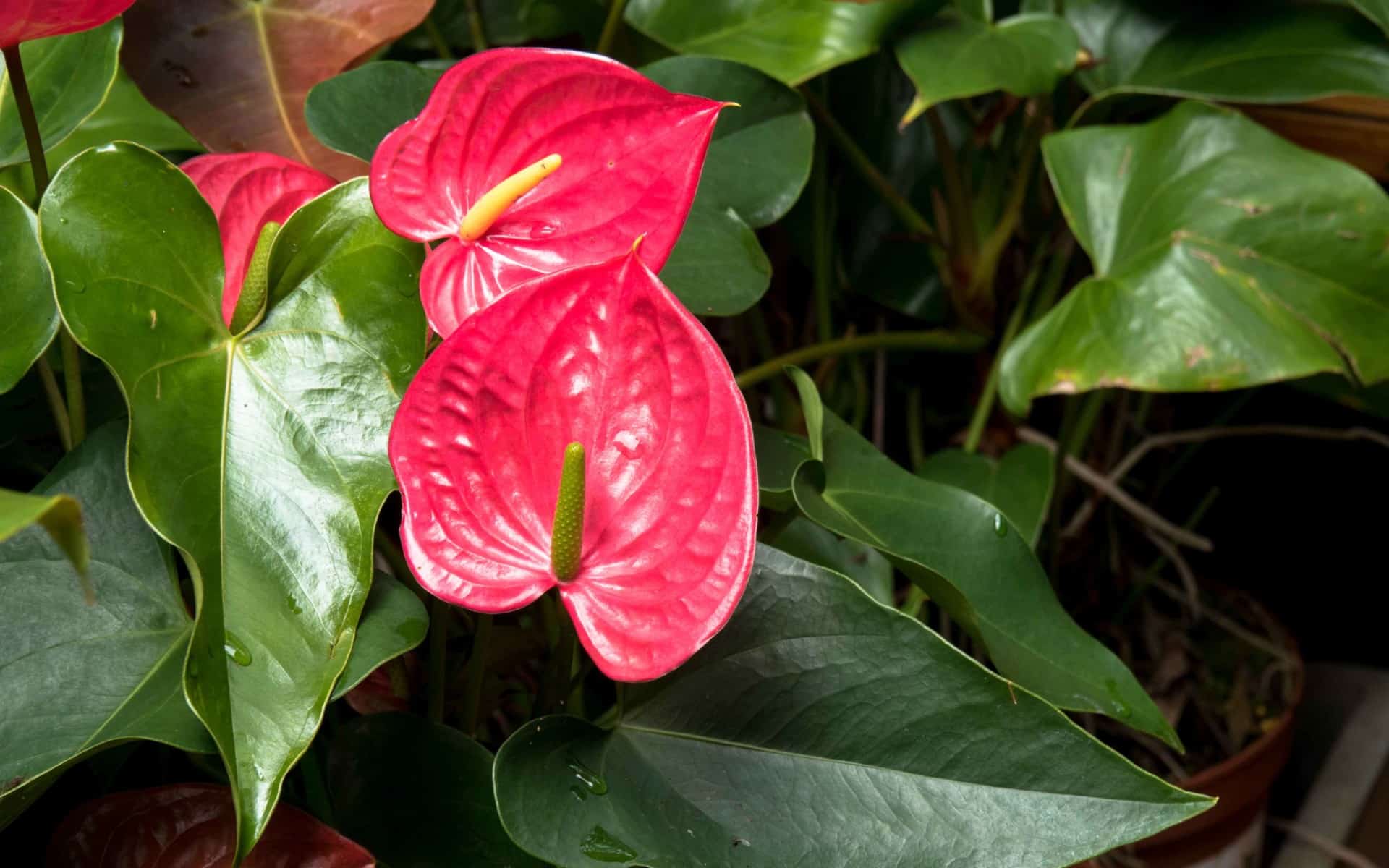

Hardy Winter Plants
- Calendula
- Flowering stock
- Swan River daisy
- Pansy
- Sweet alyssum
- Painted tongue
Vegetables and herbs also make great winter container garden additions. Leaf lettuces, Asian greens, and kale are not only delicious, but are lovely to look at. They’re also strong enough to survive low temperatures. Herbs that thrive in the winter include lavender, parsley, and thyme.
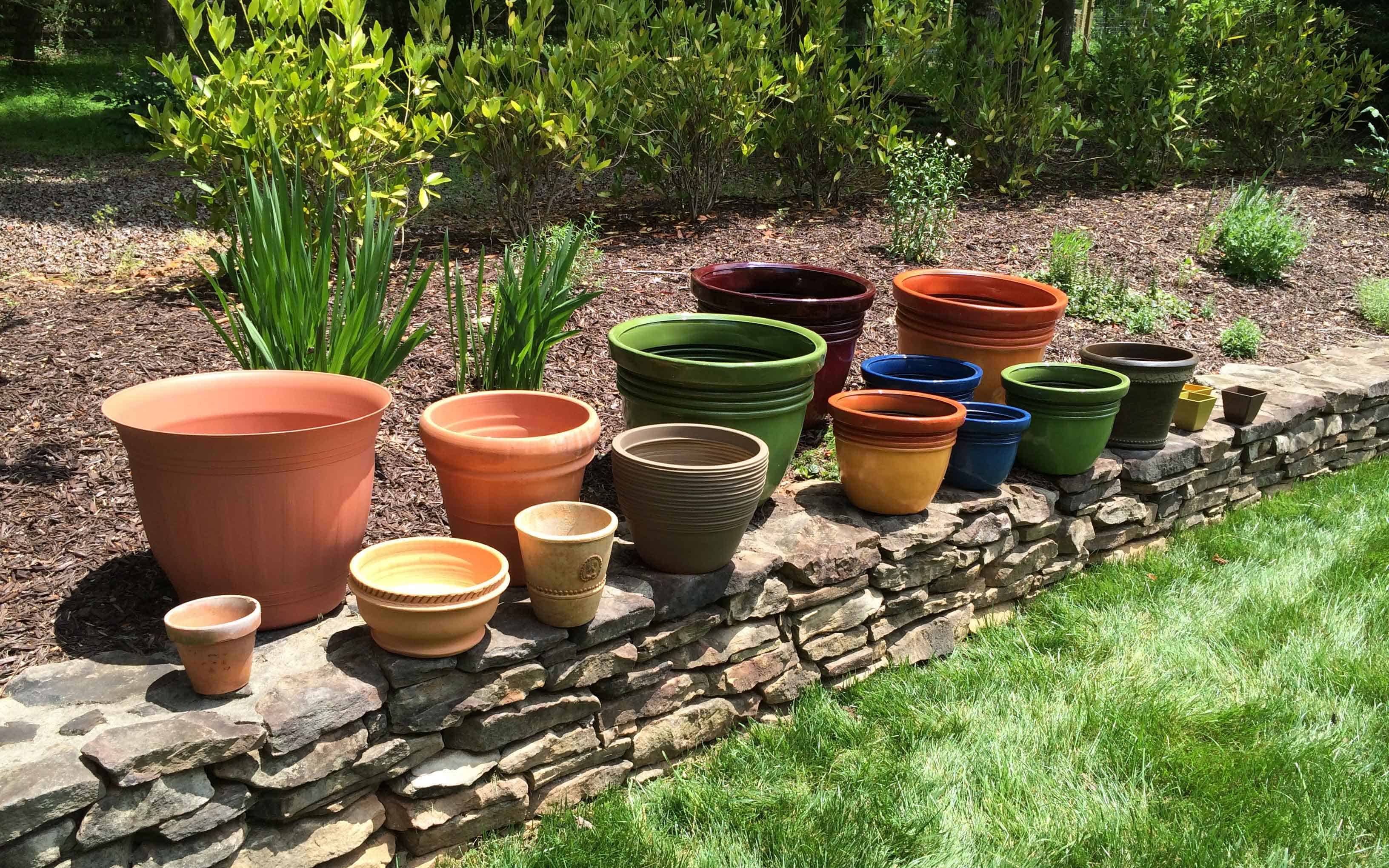
Container Styles
Now that you’ve chosen your cold-weather plants, it’s time to select a container. Selecting a frost-proof pot with a drainage hole is important. Fiberglass, lead, iron, heavy plastic, and stone all make great weather-resistant containers. (However, you’ll want to save your classic terracotta pots for spring, as they’ll crack in the cold.) Then, you can pair your containers with window boxes, freestanding pots, baskets, or anything that matches your style.
Maintaining a Winter Container Garden
Finally, ensure your plants have time to acclimate to their new containers, namely becoming fully established before the first hard freeze. From there, check your containers for water on a monthly basis. Once the soil’s become frozen solid, you won’t need to water them again until they thaw.
Follow these tips in planting your own winter container garden—then sit back and enjoy the fruits of your labor until spring breaks through the frost!



